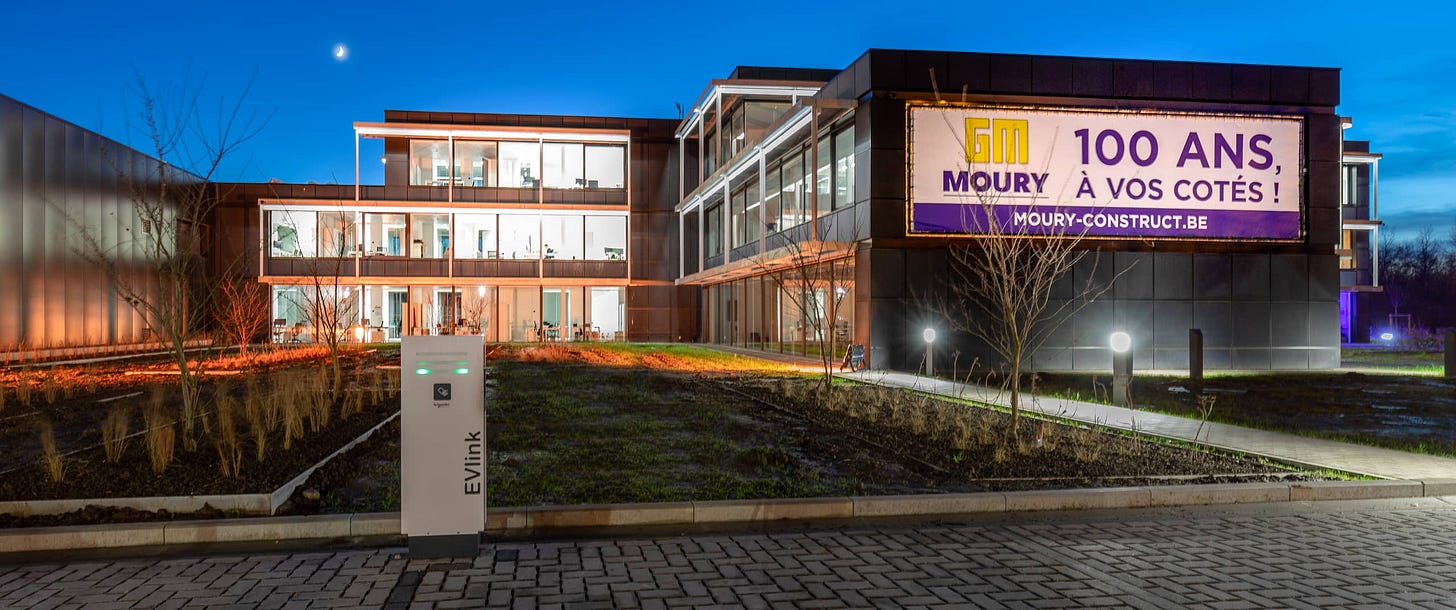Moury Construct SA (MOUR): A €213M Small-Cap With €116M Net Cash, and ~10% Revenue Growth — Trading at Just 3x LTM EV/EBITDA
Technical expertise, decades of reputation and client relationships: Exploring a rare European gem with the kind of value-for-money I haven’t seen in a long time
Dear Reader: This is the third investment write-up I publish here, and it’s a long one. This company presents a rare mix of extreme undervaluation and financial robustness. The stock offers significant margin of safety and the company’s steady profitability and record order backlog provide confidence in the durability of earnings. Given Moury consistent performance, high returns on capital, and prudent management I believe it presents a great opportunity.
To have a first glimpse of this company reputation in Belgium, I recommend reading this brief article about Moury’s past, present and future that you can translate to English. Finally, after reading the write-up I’d recommend taking a look at this candid recap of last year’s shareholder’s meeting.
Let’s dive in!

If you prefer a PDF or Google Doc version of the write-up, you can download it using the links below:
Keep reading with a 7-day free trial
Subscribe to Polymath Investor to keep reading this post and get 7 days of free access to the full post archives.



